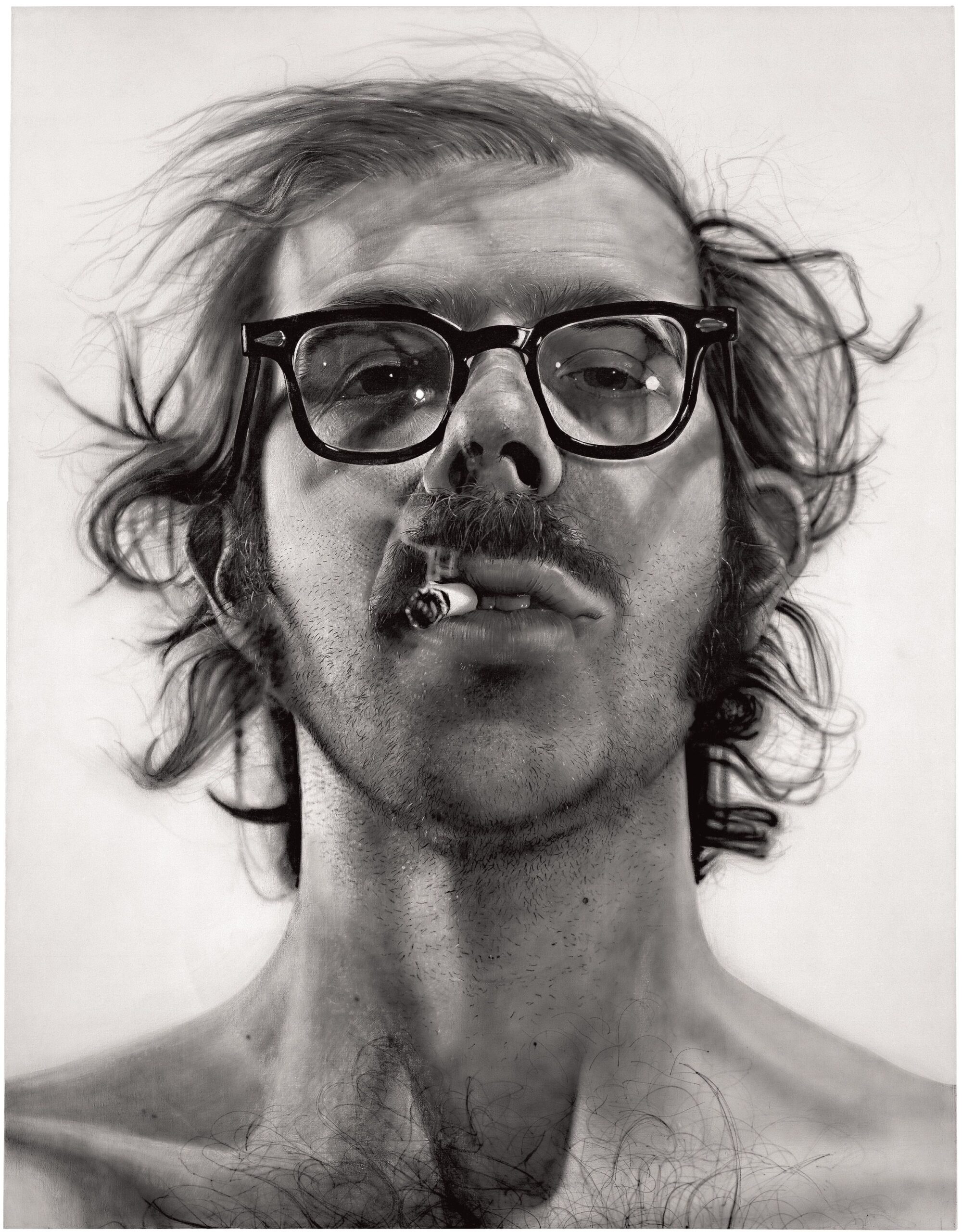Why Fast Fashion Is Harmful to the Environment: Impacts, Facts, and Sustainable Solutions
Understanding Fast Fashion and Its Environmental Impact
Fast fashion refers to the rapid production and sale of inexpensive clothing that mimics current trends. While it offers affordability and accessibility, this business model has serious consequences for the planet. The sector relies on mass production, cheap materials, and global supply chains-all of which drive significant environmental harm. In this article, we’ll examine how fast fashion damages the environment, share current statistics, and provide actionable guidance for making more sustainable choices.

Source: fanpop.com
How Fast Fashion Contributes to Environmental Degradation
Fast fashion is responsible for a disproportionately large share of environmental pollution and resource depletion. The industry accounts for 10% of global annual carbon emissions , surpassing the emissions from all international flights and maritime shipping combined [1] . This staggering carbon footprint is driven by energy-intensive manufacturing processes, widespread use of synthetic fibers, and long-distance transportation [2] .
Water consumption is another major concern. The textile sector uses approximately 93 to 141 billion cubic meters of water each year , enough to meet the needs of five million people [3] . To produce just one cotton shirt, an estimated 2,700 liters of water are required-equivalent to what an individual drinks over two and a half years.
Beyond water use, fast fashion is a leading cause of water pollution. Factories often discharge untreated wastewater containing toxic dyes and chemicals into rivers and oceans, as seen in manufacturing hubs like Dhaka, Bangladesh. These pollutants poison aquatic ecosystems and threaten local communities [4] .
Waste Generation and the Landfill Crisis
One of the most visible impacts of fast fashion is the massive volume of waste it creates. Every year, 92 million tonnes of textile waste are generated globally , with 85% of discarded clothing ending up in landfills or incinerators [5] . That’s the equivalent of a garbage truck filled with clothes being dumped every single second.
The scale of waste is staggering: of the 100 billion garments produced each year, 92 billion are discarded. If current trends persist, annual textile waste could swell to 134 million tonnes by 2030. In the United States alone, an estimated 11.3 million tons of clothing are thrown away each year [3] .
This waste isn’t just a landfill problem. Synthetic fibers like polyester and nylon, common in fast fashion, take centuries to decompose and can leach toxic substances into soil and groundwater. Additionally, the washing of synthetic garments releases 500,000 tons of microfibers into the ocean annually , equivalent to 50 billion plastic bottles. These microplastics contaminate waterways and enter the food chain, posing health risks to humans and wildlife [2] .
Resource Consumption and Pollution at Every Stage
Fast fashion’s impact is felt across the entire supply chain:
- Fiber Production: Cotton fields require intensive irrigation and pesticides, while synthetic fibers depend on fossil fuels and energy-intensive manufacturing. Both contribute to resource depletion and pollution.
- Dyeing and Finishing: Textile dyeing accounts for up to 20% of global industrial water pollution. The use of toxic chemicals in dyeing and finishing processes is a major driver of environmental degradation [2] .
- Manufacturing and Transportation: Energy consumption during manufacturing and long-distance shipping generates high carbon emissions. The global supply chain means garments travel thousands of miles before reaching consumers.
According to a 2018 Quantis International report, dyeing and finishing is responsible for 36% of the industry’s pollution impact, while fiber production (especially cotton and synthetics) has the highest impact on freshwater withdrawal and ecosystem quality. Emissions from textile manufacturing alone are projected to rise by 60% by 2030 if current practices continue [2] .
Why Fast Fashion Remains Popular Despite Environmental Costs
Despite growing awareness of its environmental impact, fast fashion continues to expand. The global fast fashion market was valued at $150.82 billion in 2025 and is projected to nearly double by 2032. The affordability and availability of new styles drive consumer demand, even as advocacy for sustainable alternatives increases [1] .
The constant introduction of new trends encourages people to buy more clothes and discard them quickly, creating a cycle of overconsumption and waste. Quick turnaround times-some brands can bring designs from concept to store shelves in as little as 10 days-further fuel this unsustainable consumption pattern [2] .
Sustainable Alternatives and How to Take Action
Understanding the environmental impact of fast fashion is the first step. The next is to take action-both as individuals and collectively:
For Consumers
- Buy Less, Choose Wisely: Focus on purchasing fewer, higher-quality garments that last longer. Consider timeless styles instead of chasing trends.
- Opt for Sustainable Brands: Research and support brands that prioritize ethical sourcing, sustainable materials, and transparent supply chains. Many reputable environmental organizations publish lists of sustainable fashion brands-search for “ethical clothing brands” or “sustainable fashion directory.”
- Care for Clothes Properly: Wash clothes less frequently, use cold water, and air dry when possible to reduce microfiber shedding and energy use.
- Recycle and Donate: When discarding clothing, donate wearable items to local charities, consignment shops, or textile recycling programs. To find local options, search “clothing recycling near me” or contact your city’s waste management department for guidance.
For Businesses
- Implement Sustainable Practices: Brands can switch to eco-friendly materials, reduce water and chemical use, and invest in closed-loop production systems that minimize waste.
- Transparency and Accountability: Companies should provide clear information on sourcing, manufacturing, and environmental impact. Certifications such as Global Organic Textile Standard (GOTS) or OEKO-TEX can help consumers identify responsible products.
Community and Policy Action
- Support Policy Initiatives: Advocate for regulations that hold companies accountable for their environmental impact. Policies may include extended producer responsibility, stricter wastewater management, or incentives for sustainable innovation.
- Educate and Raise Awareness: Share information on the impacts of fast fashion with your network. Schools, community groups, and social media are effective platforms for spreading awareness and promoting change.
Practical Steps for Reducing Your Fast Fashion Footprint
- Before purchasing new clothing, ask yourself if you truly need it and if you’ll wear it at least 30 times.
- Favor natural fibers like organic cotton or linen, which are less resource-intensive than conventional cotton or synthetics.
- Participate in clothing swaps or buy secondhand through thrift stores and reputable resale platforms.
- Dispose of unwanted clothes responsibly: search for local textile recycling bins or return schemes provided by some retailers.
- If you run a business, consider life cycle assessments (LCAs) to identify the most impactful changes you can make to your operations.
For more information on sustainable fashion, visit the websites of established environmental organizations such as the Natural Resources Defense Council or Greenpeace USA . These organizations offer guides, tips, and up-to-date research on how to make environmentally responsible clothing choices.
Key Takeaways
Fast fashion’s environmental impact is severe and growing-driven by high resource consumption, pollution, and unprecedented waste. However, collective action by consumers, businesses, and policymakers can drive meaningful change. By buying less, choosing better, and supporting sustainable practices, it’s possible to reduce the industry’s ecological footprint and promote a cleaner, healthier planet for future generations.

Source: openskynews.com
References
- [1] UniformMarket (2025). Fast Fashion Statistics and Environmental Impact.
- [2] Earth.Org (2025). Fast Fashion and Its Environmental Impact.
- [3] Carbon Trail (2025). Fast Fashion: Sustainable Solutions in 2025.
- [4] David Suzuki Foundation (2025). The Environmental Costs of Fast Fashion.
- [5] Earth.Org (2023). 10 Concerning Fast Fashion Waste Statistics.
MORE FROM savvysc.com













